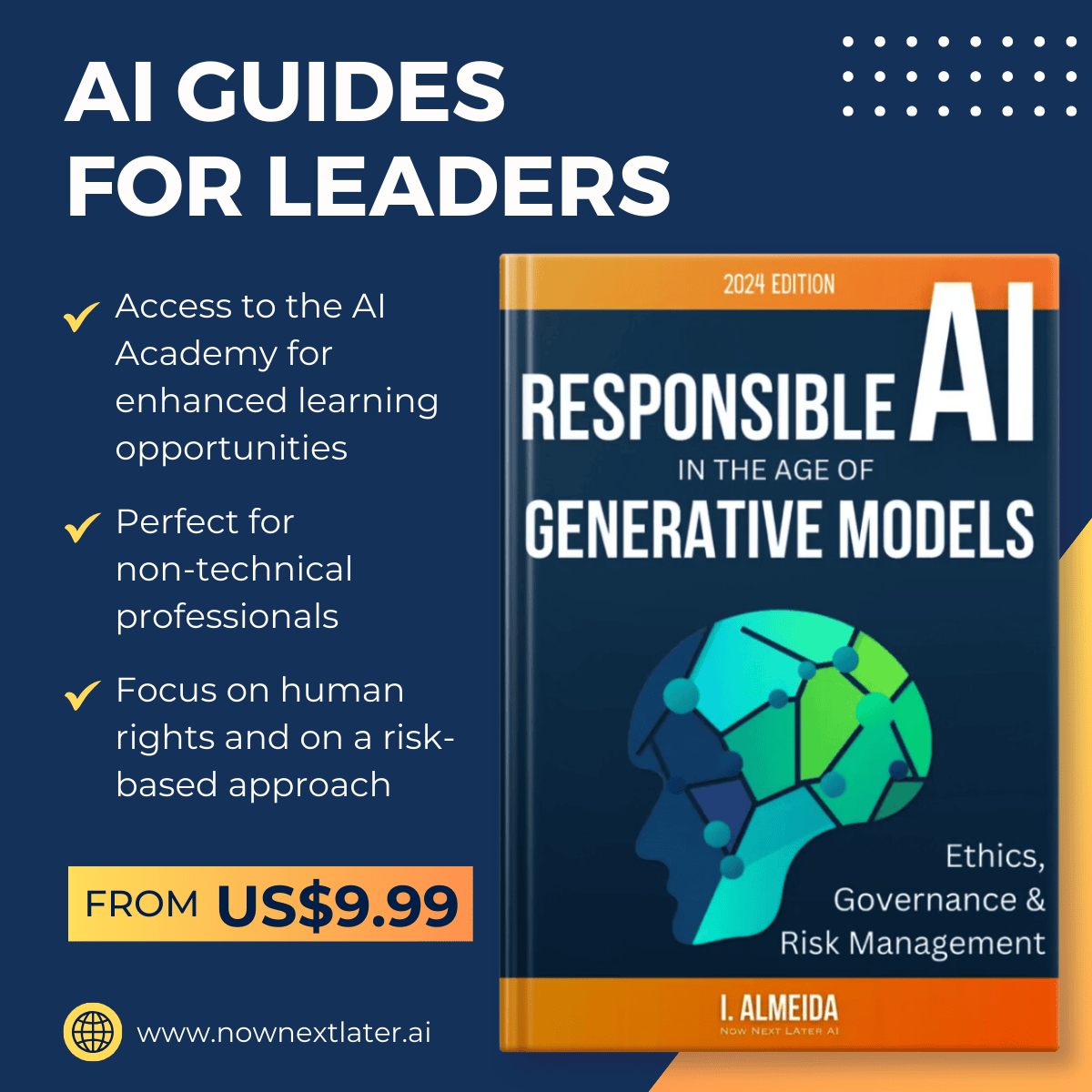Are you looking to adopt Artificial Intelligence in your organization? Do you have a risk management framework in place?
According to PwC’s Global Artificial Intelligence Study, the potential contribution of artificial intelligence to the global economy by 2030 is as high as 15 trillion US dollars. And according to McKinsey, AI adoption has more than doubled since 2017. However, it has plateaued between 50 and 60 percent for the past few years. AI capabilities, such as natural-language generation and computer vision, have also doubled.
McKinsey has found that, while AI use has increased, risk mitigation to bolster digital trust has remained concerningly consistent since 2019.
Today, there is a lot of fear, uncertainty, and doubt. Still, Artificial Intelligence is not even close to delivering a super intelligence, but highly specialized, what we call narrow AI, is transforming entire industries.
A portfolio approach can help companies successfully unleash the power of machine intelligence. And a well-balanced portfolio will include some quick wins, focused, for example, on the optimization of a touch-point, and some long-term projects transforming end-to-end processes.
The quick wins won’t transform your business, but they expose staff to the benefits and opportunities AI presents, and build confidence and momentum with key stakeholders like the board and management. For example, a quick win could involve a tool to schedule internal meetings, which allows you to use off-the-shelf packages, while you simultaneously build capability in areas such as hiring and training staff, large-scale data gathering, processing, and labeling.
Training staff and gaining AI capabilities over time is important, but to reduce risk and drive some momentum, we suggest that, instead of front-loading your costs, you scale them slowly and consistently, making use of off-the-shelf solutions (with suitable adaptations) to help keep costs manageable.
Data is without a doubt the key to machine learning projects, and the virtuous cycle of data collection means the rich get richer. So, a key risk of this new wave of transformation is the concentration of power in the hands of a few platforms. Knowing where to place your bets is tied to the data you can access that is of competitive advantage to your business. However, issues related to bias and potential misuse will be amplified if leaders have little or no understanding of how algorithms are built.
Misconceptions can also be costly, with several studies suggesting that product-related AI innovation still struggles to deliver value. Knowing where to place innovation bets is less risky when management understands what types of innovations produce best returns.
Misconceptions also occur in regards to what to centralize and why, and related operating model choices. An AI Era business looks very different from an Internet Era one, and this transformation requires a considered approach and AI knowledge. The product-innovation focus and incrementality of the agile internet companies is replaced by strategic data acquisition, unified data platforms, end-to-end process automation and the adoption of new roles within the business.
Another misconception relates to expected job losses. Job numbers will remain about the same, but a rebalancing of roles will occur and you should expect to see fewer requirements for managerial roles as you scale AI within the organization.
Many of the best performing Machine Learning models are often highly opaque. Explainable AI is becoming a key requirement and in high demand. Machine Learning requires its own governance frameworks, with key lines of defense established right up front.
In addition, AI presents major ethical concerns related to privacy, bias, and discrimination. An organization must define the principles guiding their AI initiatives, ensuring they align with their values, industry, culture, geography, and other factors.
A 2020 global report from Harvard University evaluated 36 AI Ethics Frameworks from big companies, standards bodies, industry coalitions, and governments to identify eight common themes related to AI Ethics that you should consider:
- Privacy,
- Accountability,
- Safety and security,
- Transparency and explainability,
- Fairness and non-discrimination,
- Human control of technology,
- Professional responsibility, and
- Promotion of human values.
AI presents tremendous opportunity and also high risks. The right risk management approach is critical, as the perils presented by AI differ significantly from previous waves of digital transformation.
A solid AI Risk Management Framework enables dialogue, understanding, and activities to manage AI risks, and responsibly develop trustworthy AI systems. It should address four functions:
- Govern,
- Map,
- Measure, and
- Manage.
Each broken down into specific actions and outcomes.
If you enjoyed this article, subscribe so that we can share with you Artificial Intelligence Risk Management approaches and frameworks. We’ll help you identify what you should prioritize now, next, and later.
Stay human!



